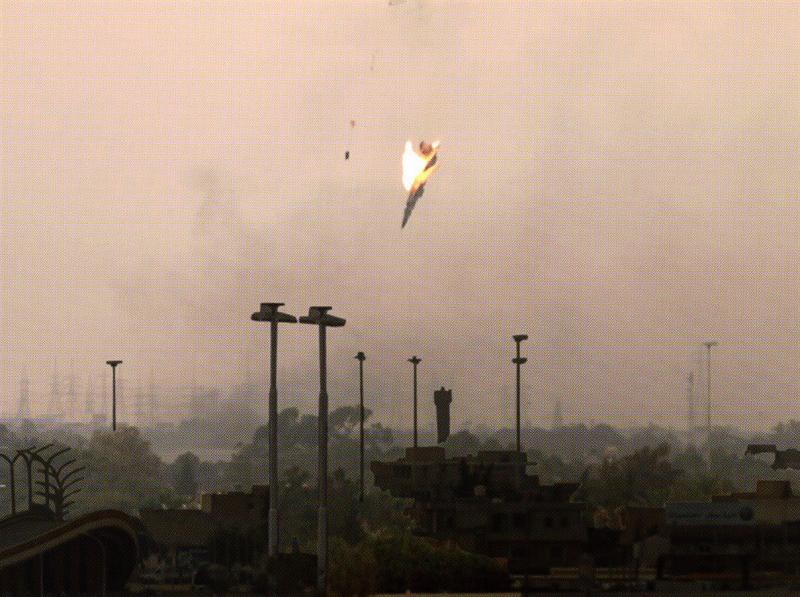

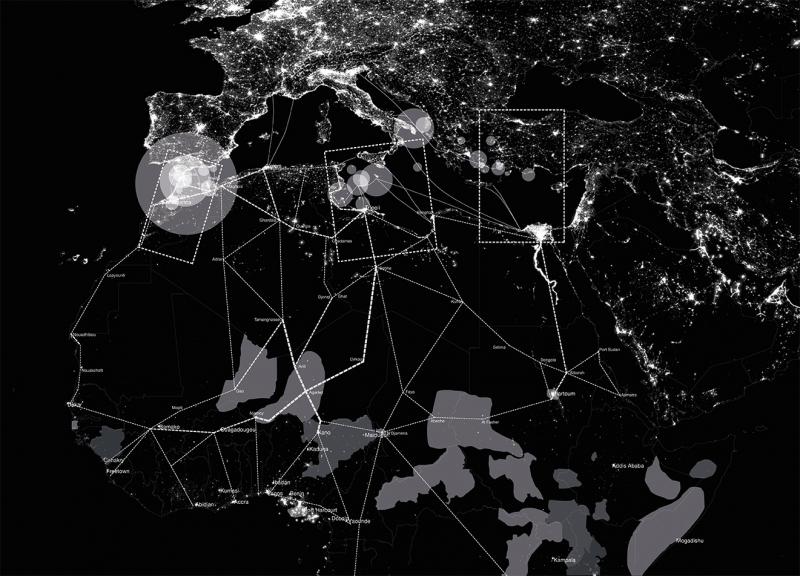

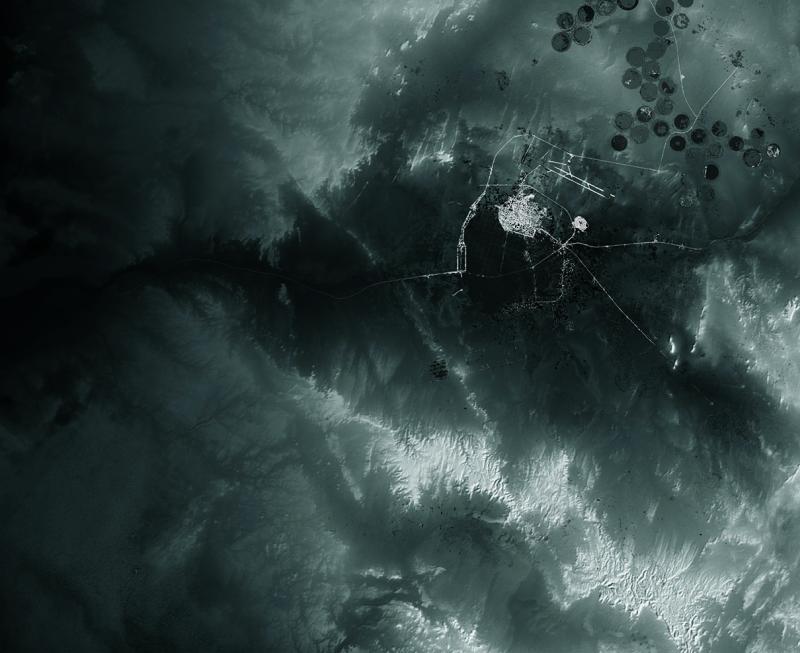
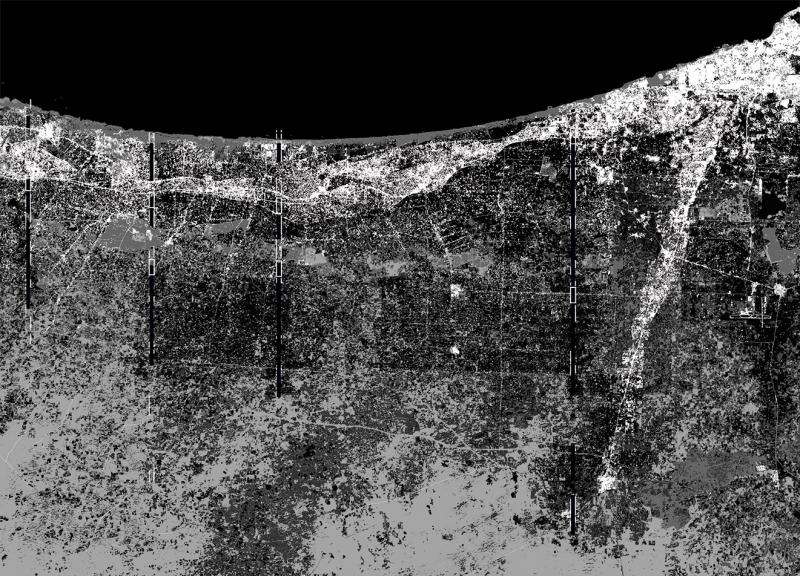
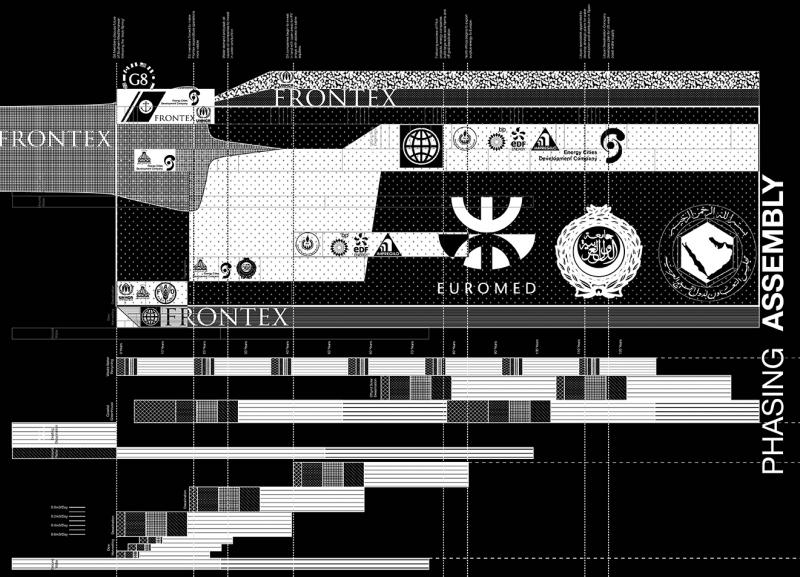
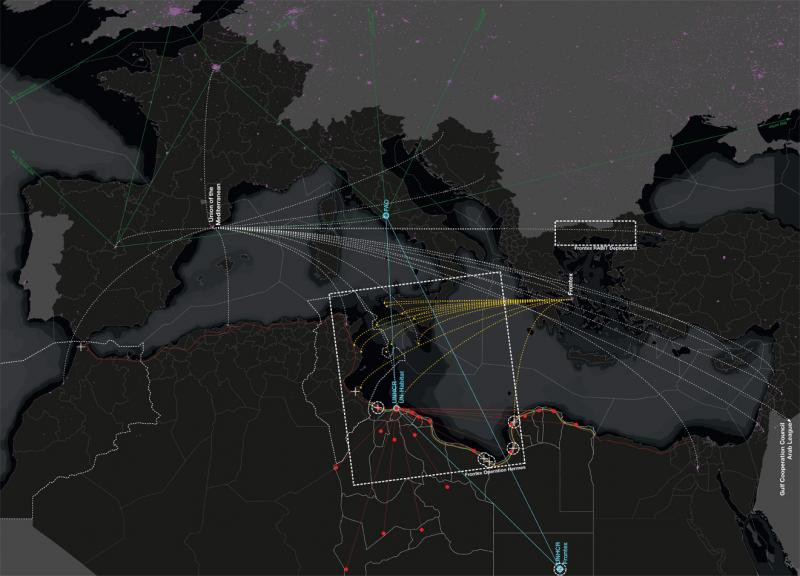
The project proposes a series of architectural and infrastructural devices that operate within Europe's southern frontier. The project examines the close relationship between circulations of populations, capital, technology, and the construction and management of both urban systems and water infrastructures. Rather than the prevalent image of the border as a finite limit, the project exposes the frontier as a deep, fragmented and temporal surface extending deep into both the European and African interior, operating through the reorganisation of local space. Within this system, sovereignty is largely defined by the ability to define levels of mobility for people and objects, or the power to limit or qualify the right to hospitality.